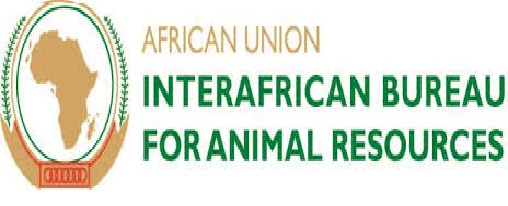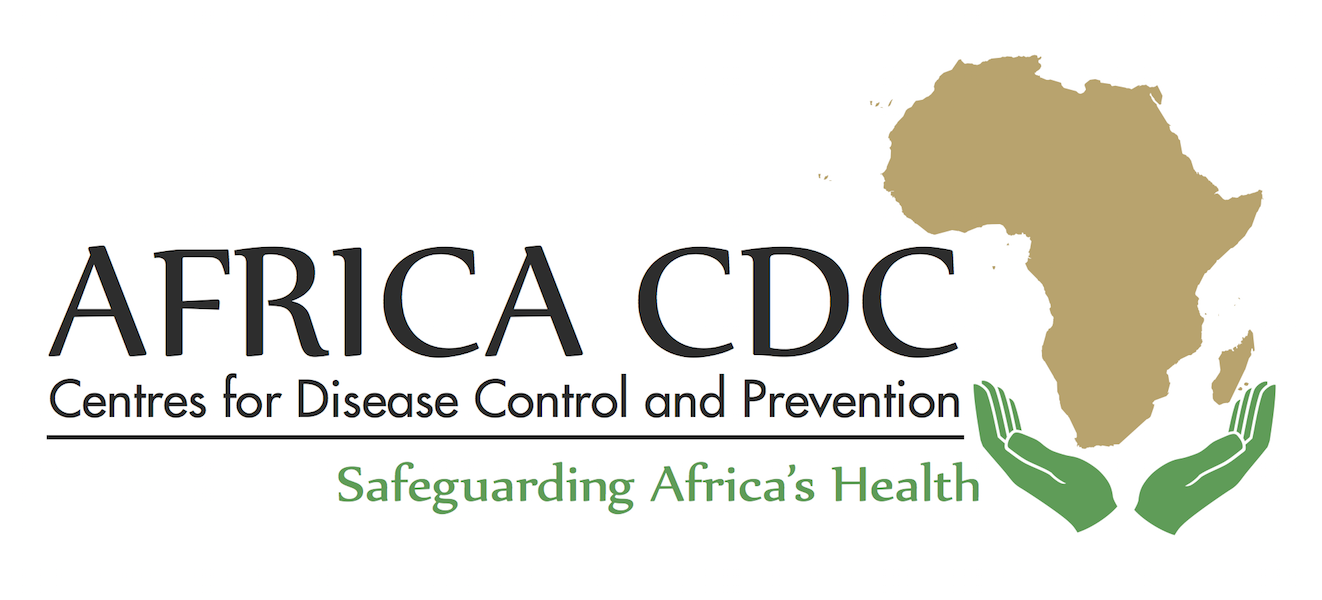Contributors – Drs Edward Olajide and Samuel Akpan
Livestock refers to animals that are domesticated primarily for food. They can also be referred to as “food animals”. In Nigeria, the common livestock animals are Poultry birds (Chicken, Turkey, Quail, Duck), Cattle, Small ruminants (Goats, Sheep), Pigs, Rabbits, and in some parts of the northern region of the country, Donkeys, Camels, and Horses. The most commonly reared ones are Chickens, Cattle, Goats, and Sheep. According to a Federal Ministry of Agriculture and Rural Development (FMARD, 2017) report, the number of livestock animals produced annually in Nigeria was as follows – 180 million poultry birds; 76 million goats, 43.4 million sheep, 18.4 million cattle, 7.5 million pigs, 1.4 million Equids (horses, donkeys, etc.). Of these numbers, the majority of the animals were reportedly raised in free-range production systems which comprise of smallholders and nomadic herders.
Poultry
In Nigeria, chickens are more common than other poultry birds. They are of different categories ranging from pullets (layers), broilers, and noilers. The broilers are mostly used for meat production while the layers are for egg production. The most preferred breeds in Nigeria include the Marshall, ISA Brown, Cobb, Bovans Black, Cornish Cross, Arbor Acre Plus, K-22 Moyer, and the Cornish Giants. Farmers acquire stock from hatcheries either from day-old (DOCs), or 2 weeks of age, or point-of-lay pullets (15-17 weeks of age) from trusted good pedigree grower farms.
The poultry management systems in use are:
- The free range system, where birds are raised mainly for household consumption. They are allowed to roam freely around the neighborhood in search of food and water. This system is more common in remote rural communities
- The semi-intensive system, where the birds are allowed to roam around but are still provided with shelter, and small quantities of commercial feed to complement and make up for deficits in their scavenged f
- The intensive system, in which birds are confined to cages or houses where adequate feed, water, health services are provided. It is subdivided into deep-litter and battery cage systems. Due to the efficiency of this system, it is more common in the southern regions of the country, where commercial poultry production is on a meteoric rise.
Due to availability and affordability, eggs and meat obtained from poultry birds are major sources of nutritional protein in an average Nigerian home. By-products such as feathers are used in some communities for cultural and beautification purposes, and their manure is widely preferred for use as organic fertilizers in agricultural crop production.
Cattle
Like poultry, they are ubiquitous throughout Nigeria but most common in the northern region. Breeds of cattle in Nigeria are grouped into two: Indigenous and exotic breeds. The indigenous breeds are further subdivided into the Zebu and Taurine. Zebus are characterized by long horns, large humps, and tallness. Examples include Bunaji (also known as white fulani), Rahaji, Adamawa Gudali, Wadara, Azawak, and Sokoto Gudali (which have short/rudimentary horns and prominent dewlap). The Taurines are humpless, short-horned, and short-legged. Examples are N’dama, Keteku, and Kuri (robust horns). Keteku breed is more common in the southwestern part of the country and Kuri breed is common to the northeastern parts of the country. The exotic breeds are majorly acquired for breeding and milk production purposes. Examples are Holstein Friesian, Jersey, and Brown Swiss
Also, there are three systems of cattle management in Nigeria: the extensive or pastoral system, the semi-intensive or agro-pastoral system and the intensive or commercial system.
- In the extensive system, animals are moved from one place to another in search of food, mainly grasses and water. This system is mostly practiced in Northern Nigeria among the nomadic communities.
- In the agro-pastoral, cattle are been reared along with crops growing. Animals are allowed to graze on demarcated rangelands and supplementary feeds are also given.
- In the intensive system, animals are kept indoors, fed with high-quality feed, provided with adequate housing and adequate medical care. The exotic breeds are usually raised in this type of system. Animals raised in this system are mostly for milk production.
Sheep
Sheep are raised for their wool, mutton (meat), and milk. Indigenous breeds are low milk-yielding and are seldom milked; hence sheep milk is largely unpopular in Nigeria. Mutton is eaten regularly as good source of protein, predominantly in the north. The four common breeds of sheep are the Balami, West African Dwarf (WAD), Yankasa, and Uda. The WAD is prominent in the south, while Balami and Uda are more in the semi-arid regions of the country. The males (rams) are highly-priced due to their believed religious significance and preference by Muslim faithfuls for religious celebrations (Sallah).
Goats
There are three major breeds of goats in Nigeria: the West African Dwarf(WAD), Sokoto Red/Maradi, and the Sahel. The WAD is more common to southern Nigeria while Sokoto Red and Sahel are more in the northern regions of the country. They are mostly raised for mutton (meat) and milk. Foreign breeds such as the Boer and the Kalahari are bred by institutions and ranches solely for research purposes.
Pigs
They are raised for their pork (meat). In Nigeria, the exotic breeds including Duroc, Large White, Hampshire, and Landrace are gradually replacing the traditional black hairy pig. Pig population is more in the southern part of the country in comparison with the northern part of the country, due to religious beliefs and taboos (see our earlier published article Common Myths About Pig Farming dispelled).
Socio–economic Importance of Nigeria’s Macro Livestock Industry
- Income generation: Great demand for livestock food and products has helped farmers in expanding their business thereby resulting in income generation and also increase in the country’s gross domestic product (GDP)
- Employment opportunities are created for farmworkers, as well as broad livestock value chain expertise and services.
- Cattle, Donkeys, Camels, Horses serve as means of transportation and are also utilized by local farmers as draught animals for land preparation (tilling, plowing) in agricultural crop production.
- Research and development efforts are enhanced in the areas of antimicrobial resistance, food safety, and drug toxicology. This promotes public health and provides relevant data for economic planning and policymaking in agriculture, health, and financing. This also ensures continual improvement of breed lines to ensure increased meat and milk yields in order to meet the ever-increasing Nigerian population food demands.
- Improvement of livelihoods and poverty eradication among rural dwellers and herders.
In our subsequent article, we shall be discussing micro-livestock production in Nigeria, and practical ways to utilize it as a tool for fighting nutritional deficiency and poverty eradication.
Sources: FMARD Report 2017, IntechOpen, Livestock Survey, FAO
Are you an animal health service provider in Nigeria? Get enlisted on the OHDI Directory for Animal Health and Welfare Services.
Having issues with your pet, and livestock farm or need quality information and referrals to animal health services within your area? You can send a WhatsApp message to 08055993123 to get all the information you need.



